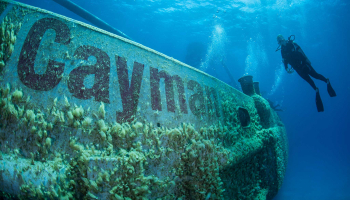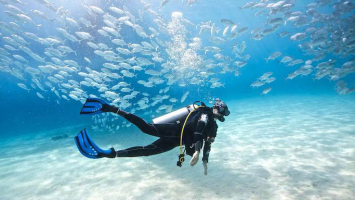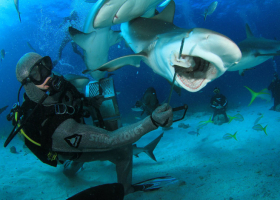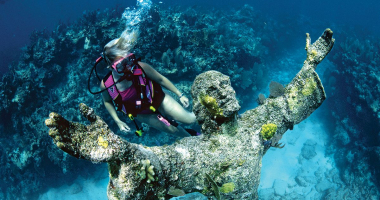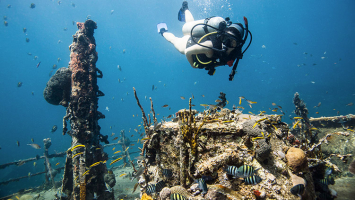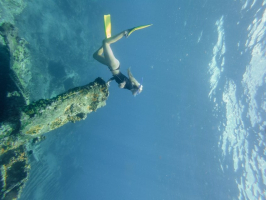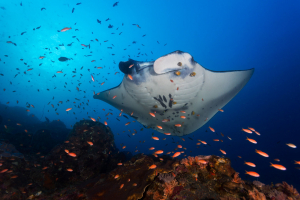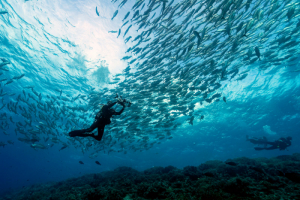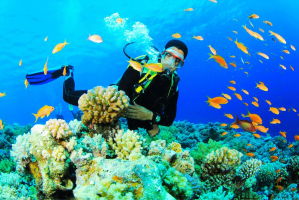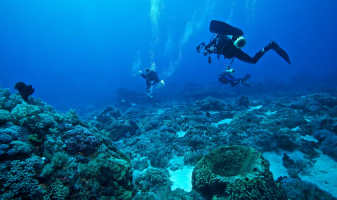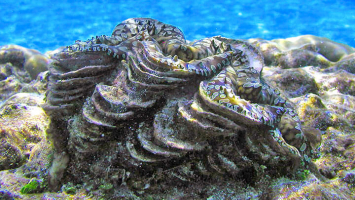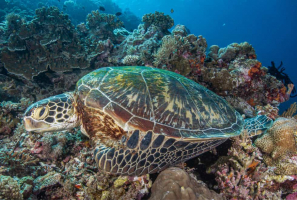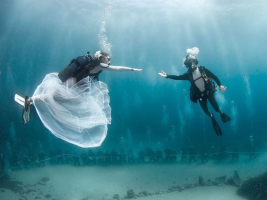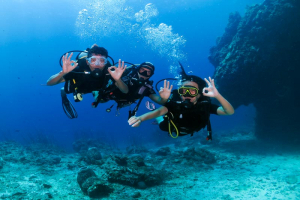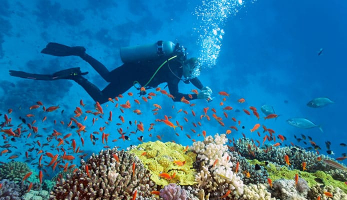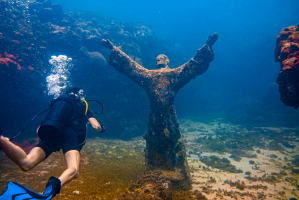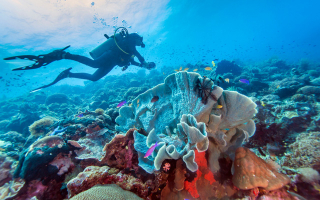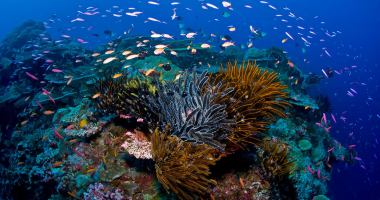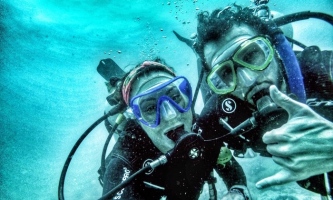Top 5 Best Dive Sites in the Solomon Islands
The Solomon Islands is a South Pacific hidden treasure. It is still a relatively young tourist destination, with significantly fewer tourists per year than its ... read more...neighbors Fiji and Vanuatu. This means that the reefs are clean, and there are no other vessels crowding the diving locations. One of the reasons Solomons is known for having some of the greatest diving in the world is the range of diving opportunities available: reefs, wrecks, huge animals, tiny creatures, caverns, and beaches. Here are the top 10 best dive sites in the Solomon Islands.
-
The incredible Leru Cut would be missing from any Solomon Islands diving site list. It is one of the best dive sites in the Solomon Islands, and it is sought after by photographers from all over the world. Simply said, it is one of the top diving locations in the Solomon Islands. This dive is only accessible by liveaboard and is located on Leru Island in the Eastern Russell Islands. You access the location from the outside of a fissure that cuts deep into the island. You drop down between 8 and 12 meters after a short encounter at the surface. Divers beam their lights along the steep cliffs as they swim single file toward the abyss.
It's exciting to look for nudibranchs, little octopuses, and flaming scallops in the nooks and crevices. The actual beauty of the dive, though, is the play of light on the walls. This dive is best done between 11 a.m. and 2 p.m. This is due to the fact that the direct above sun generates a kaleidoscope of light beams in the confined channel.
When you reach the end of the chasm (about 100m of swimming), you will be greeted with the most breathtaking panorama! The abyss comes to an end in the heart of the jungle, where you can hear frogs singing. The reverence is so strong that divers nearly always express their awe at the sight.
After some time floating in the forest, you begin your journey back into the cut. As you make your way back out of the abyss, you'll practically touch bottom at 20m. Look for a little cave at the finish where a huge group of spiny rock lobsters lives. The chasm opening is also marked by a number of sea fans, and it is not uncommon to see tiny pygmy seahorses amid the fronds.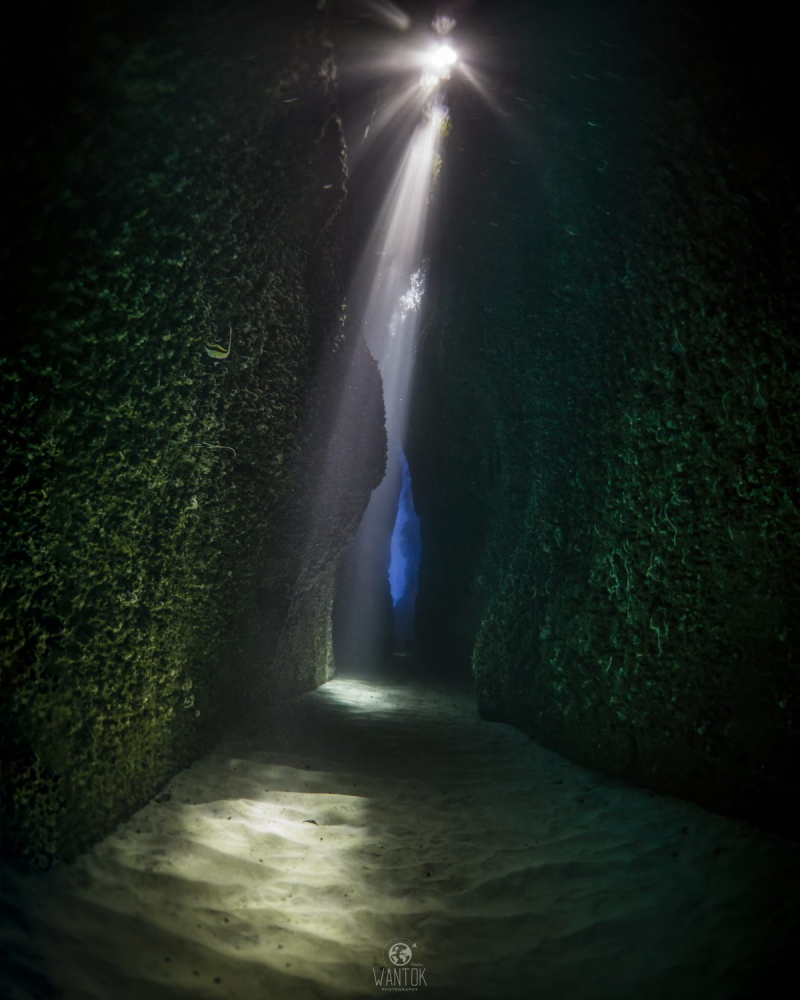
wantok.photos 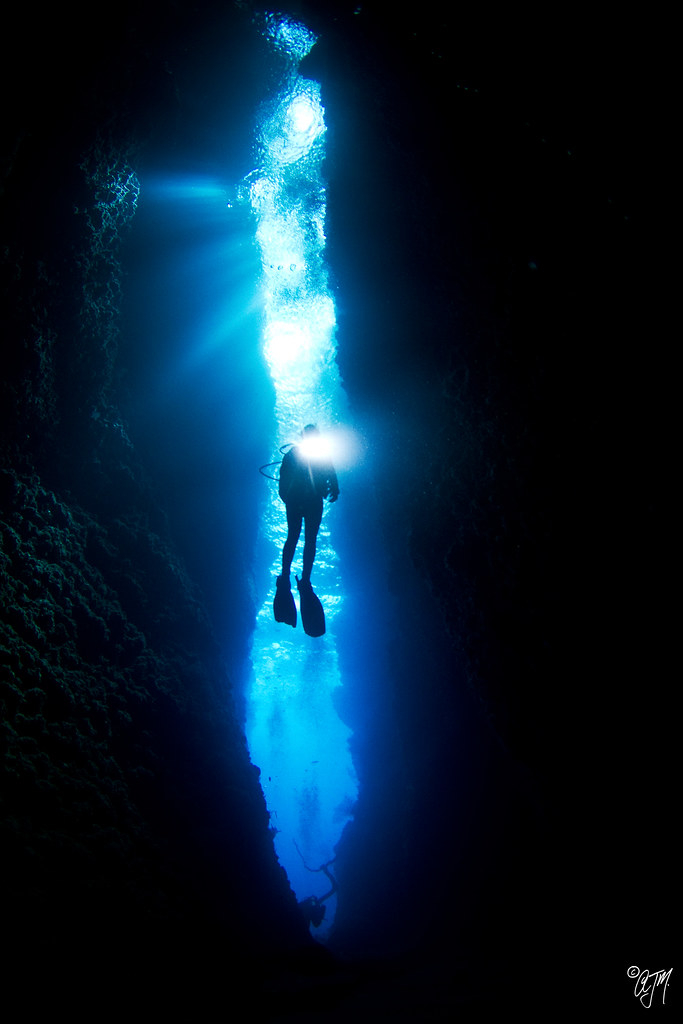
flickr.com -
A small wall with two abandoned wrecks can be found to the north. Thousands of glassfish, anthias, and damsels live in each of these. A sandy canal runs along the wall, reaching out to the sea. A little field of sapsucker slugs may be found at around 30m — a really unique treat.
Another dive to the east is a magnificent coral garden. You could be lucky enough to view the resident school of bream in the shallows. There are big giant clams a full arm's width long as you walk down the coastline. Then, among the rubble, you'll discover the entrance to multiple peacock mantis shrimp burrows. The patient diver can have a good time with these. The highlight of this section of the reef, though, is the great likelihood of sighting cuttlefish. We've observed up to nine students attending school at the same time.
Finally, Devil's Highway, a short skiff ride away, is home to a tiny resident population of huge manta rays. Because of the high currents that wash over this spot, it is not accessible on every trip. Because the tides, moon phase, and weather must all be in sync, a little luck is necessary. But when we can dive in, it's incredible. You may attach yourself to a corner and watch the mantas jump, leap, and eat at the surface. Simply let go of your hook at the conclusion of the dive and let the water bring you back into Maravagi Bay.
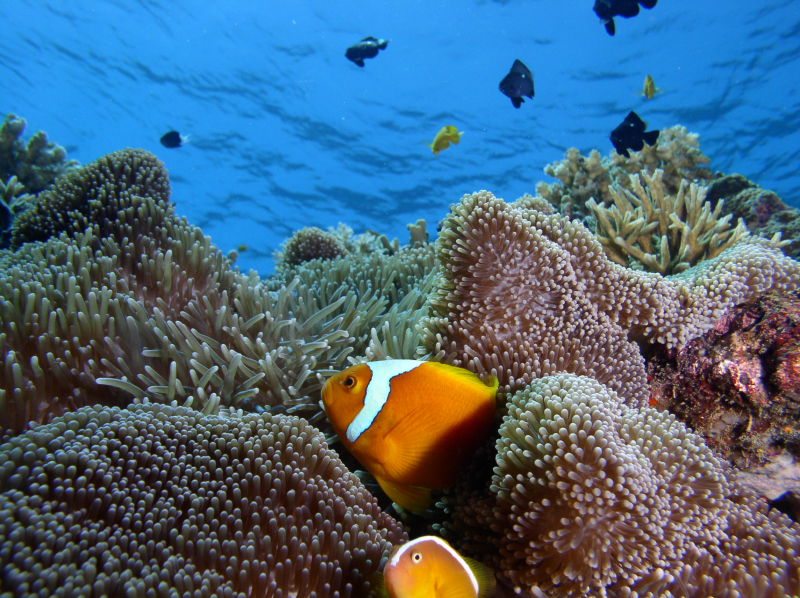
diveadvisor.com 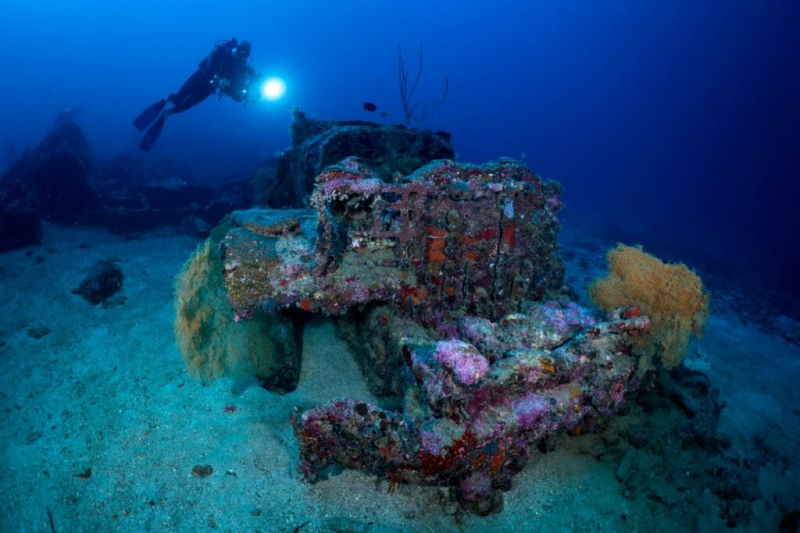
masterliveaboards.com -
When it comes to the best dive sites in the Solomon Islands, people always mention Kavachi Corner. This location is located in the western province, off the coast of Kitcha Island, and is normally only accessible on our Best of Solomons or Guadalcanal to Western Province itineraries. A steep deep cliff, with plateaus that stretch out into the ocean, providing the potential for fantastic marine life observations. Regular visits include grey reef sharks, rainbow runners, barracuda, and midnight snappers, as well as a big school of bumphead parrotfish.
As you turn the corner, you can hear a loud BOOM that makes you check your pulse! Despite the fact that it is an active volcano, try to stay quiet; the sounds are 25 kilometers away. The Kavachi volcano is the world's most active sea volcano and is vying to become an island. While diving, Kavachi Corner captures the sound and offers a percussive backdrop.
Check out the incredible gorgonian fans, some of which are up to 10m across, as you go up. Finally, search for flaming angelfish, Meyers butterflyfish, and nesting titan triggerfish as you finish in the shallows.
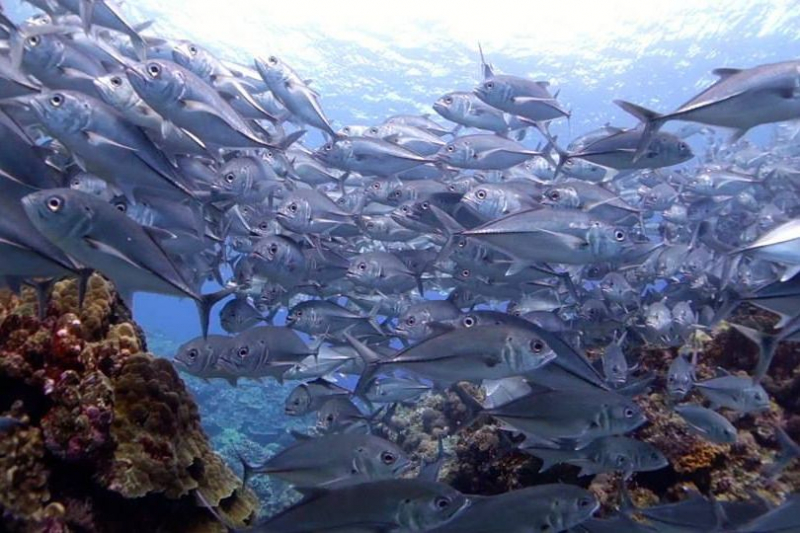
buscabuceo.com 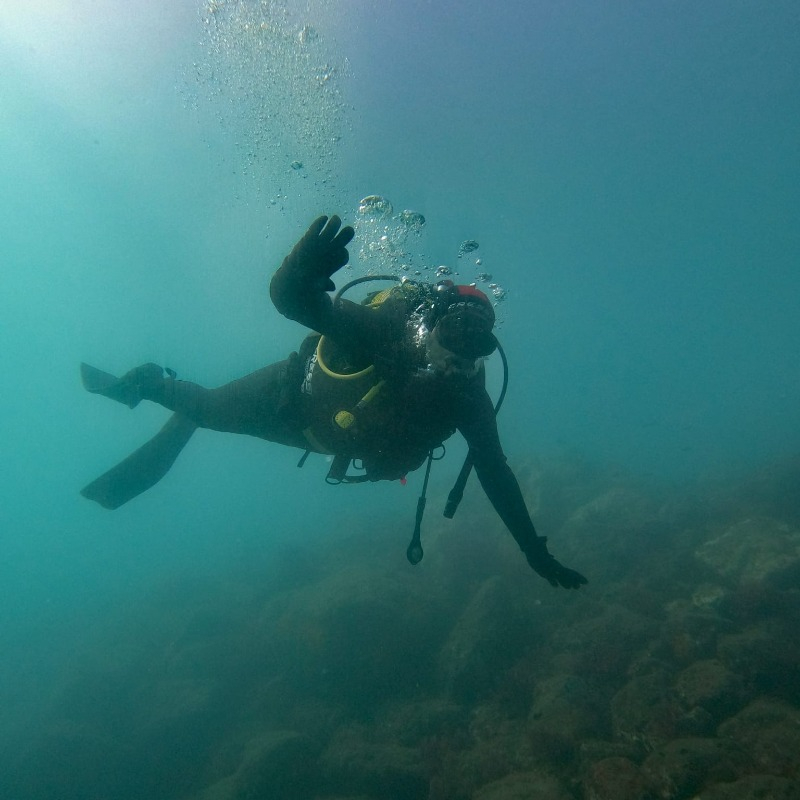
buscabuceo.com -
Depending on who you ask, this site goes by a variety of names. Some refer to it as The Nono because it is located in Nono Lagoon, the Taiyo (Solomon's name for Tuna, which is what it was fishing for when it went down), or the Upright Wreck because it now lies nearly upright on the reef. Taiyo Fishing Boat is one of the best dive sites on the Solomon Islands.
This 300-foot fishing boat came aground in Nono Lagoon on its inaugural trip after colliding with a coral reef. A salvage attempt failed, causing the Taiyo to sink bow to stern over the reef edge. Its bow is barely a few feet below the lagoon's surface, yet the ship is still totally intact for the time being. It is possibly one of the most beautiful wrecks in the world. Its one-of-a-kind location on the reef makes it a sight to see.
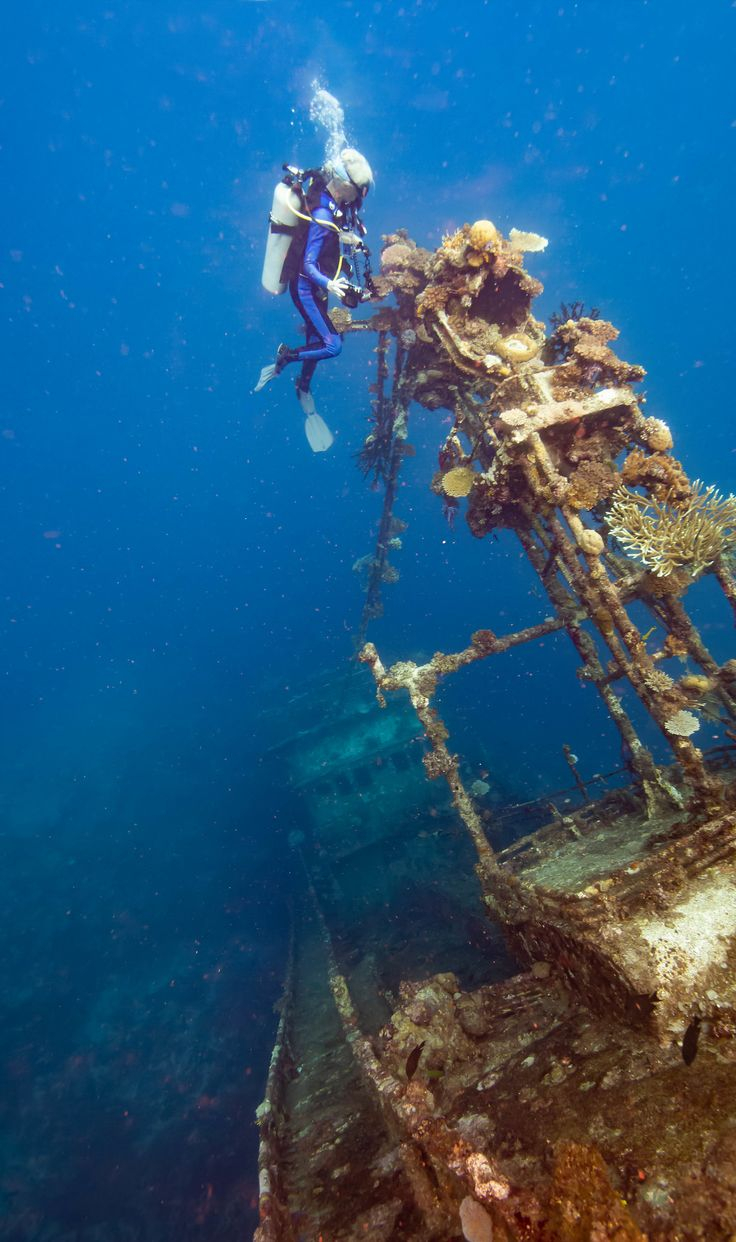
pinterest.com 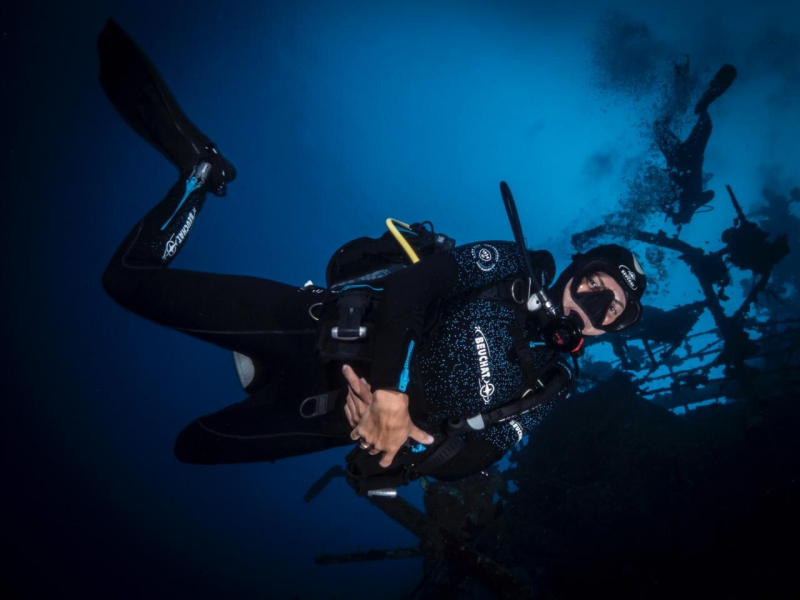
solomonsdiving.com -
As one of the best dive sites in the Solomon Islands, on Mbulo Island, the Cathedral lies near Peava Village. This location, by the way, is home to some of the best woodcarvers in the Solomon Islands, as well as a fantastic garden market. This dive is simply the best hard coral garden display in the world. It also has an incredible quantity of biodiversity. Cathedral is a beautiful example of what can be seen in Solomon Islands' top dive locations.
Swim throughs among the shallows are possible in this meandering series of cracks, crevices, and caverns. Add some brilliant sunshine, and you'll be drenched in darting, dancing rays.
There are four distinct caves of varied sizes, and the strength and direction of the light beams will change significantly as you walk through. With almost an hour to play, keep moving so you can thoroughly investigate each grotto. This will also provide plenty of opportunities for your other divers to observe and photograph each spot.
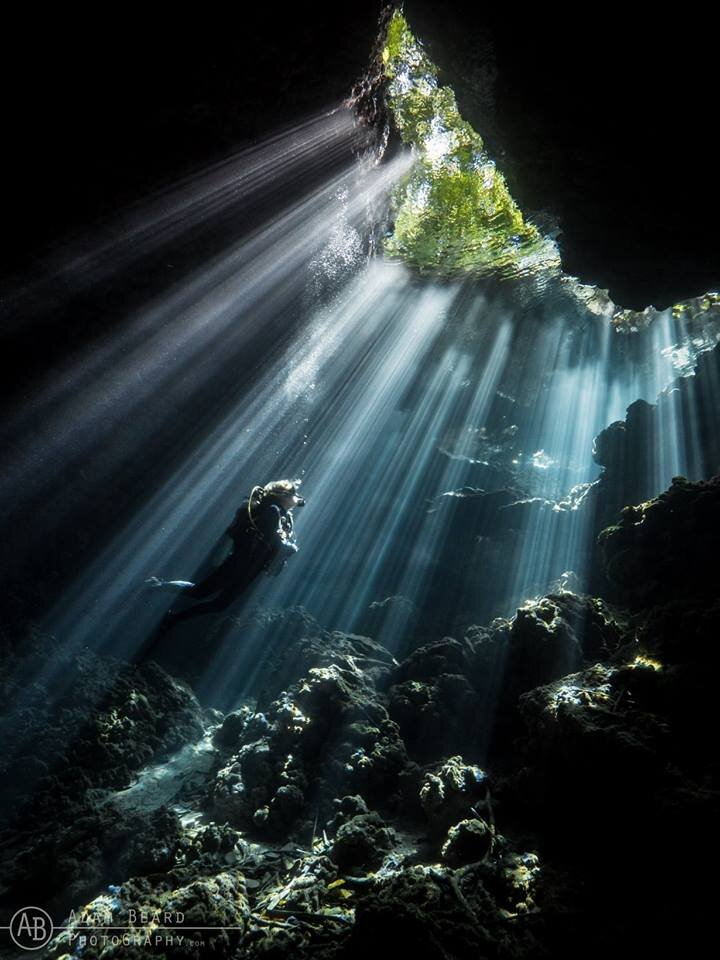
solomonsdiving.com 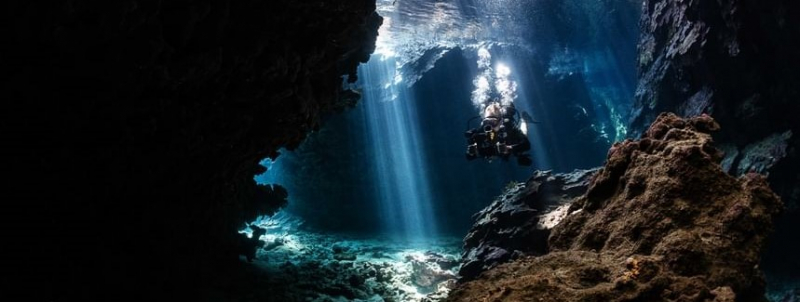
masterliveaboards.com







